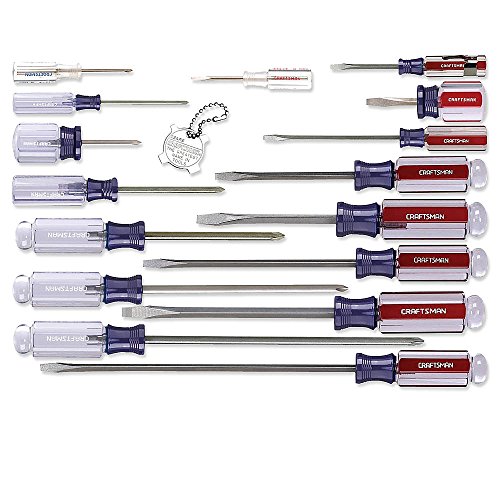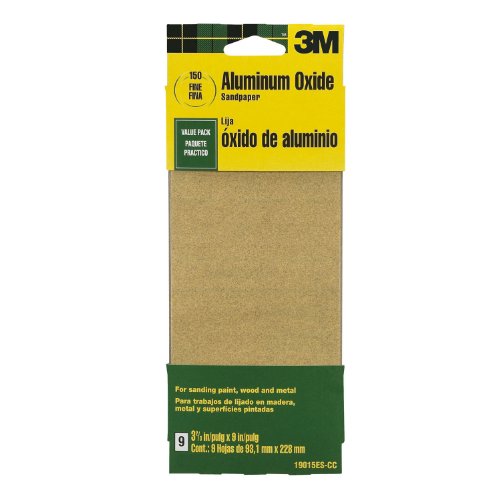
The quick summary of the step-by-step guide “How to choose the right furniture for upcycling” is that it provides valuable advice and tips on selecting the perfect furniture pieces for your upcycling projects. Whether you’re a DIY enthusiast or just looking to give new life to old furniture, this guide will help you make informed choices and create beautiful upcycled pieces.
Stylish and Sustainable Upcycled Furniture Finds!
Beginner’s Guide: Make Money Flipping Furniture with Easy Furniture Makeovers
Assess Your Needs and Space
To assess your needs and space for upcycling furniture, first, evaluate the function you want the piece to serve. Measure the available space and consider how the furniture will fit in. Next, envision the style you desire to ensure it complements your existing decor. Take these factors into account to narrow down your options and create a final upcycled piece that meets your specific requirements.
Determine Your Upcycling Goals
To determine your upcycling goals, start by asking yourself what you want to achieve with the furniture. Are you aiming to create a bold statement piece? If so, consider choosing furniture with unique shapes or intricate details that can be highlighted through upcycling techniques like painting or decoupage. On the other hand, if you’re looking to add a touch of personalization, focus on finding furniture that can be easily customized, such as a plain wooden table that can be stained or a simple chair that can be reupholstered with a fun fabric pattern. By understanding your goals, you’ll be able to select furniture that matches your creative vision and allows you to achieve the desired outcome.
Consider Material and Durability
When choosing furniture for upcycling, consider the material and durability. Look for solid wood furniture that can be easily sanded, painted, and refinished. Avoid furniture with extensive damage or structural issues, as repairing them may prove challenging. Assess the condition of the furniture and prioritize those in good shape for your upcycling projects.
Evaluate the Condition
To evaluate the condition of a furniture piece, start by inspecting it thoroughly. Look for any significant damage, such as broken joints or deep scratches. For example, check the stability of chairs by sitting on them or gently rocking them back and forth. Minor imperfections, like small scratches or scuffs, can be easily fixed. However, major structural issues, such as a wobbly table or a broken frame, may be difficult to repair. Choose furniture that is in good condition overall and has the potential to be transformed with some minor touch-ups or refinishing.
Research Upcycling Techniques
To research different upcycling techniques for your furniture piece, start by looking for inspiration online or in books. Explore various methods such as painting, decoupage, or adding new hardware. Consider the style you want to achieve and the materials you have available. Take notes and gather visual references to help you envision the possibilities and make an informed decision about your desired upcycling project.
Consider Practicality and Functionality
- Consider the practicality and functionality of the furniture piece.
- Ensure it will serve its intended purpose and fit well within your space.
- If upcycling a table, make sure it is the right height and size for your needs.
Set a Budget
To establish a budget for your upcycling project, start by determining how much you’re willing to spend on purchasing the furniture piece. Consider factors such as the size, condition, and style of the item when setting your budget. Additionally, take into account any additional materials or tools you may need for the upcycling process, such as paint, sandpaper, or new hardware. For example, if you’re planning to upcycle a wooden table, you might budget $50 for the table itself and an additional $30 for paint and brushes.
Shop Wisely
When looking for furniture to upcycle, start by exploring different options. Visit thrift stores, garage sales, or online marketplaces to discover unique and affordable pieces. Try to negotiate the price if you can and always keep an eye out for hidden gems.
Making your upcycling dreams a reality!
To wrap it up, selecting the perfect furniture for upcycling is all about understanding what you want, examining the space available, and setting clear goals for your project. Additionally, take into account the material and condition of the furniture, research different techniques, and consider the practicality of your choices. Don’t forget to establish a budget and make smart purchasing decisions. By following these steps, you’ll be able to transform ordinary furniture into unique pieces that showcase your individuality and artistic flair. Happy upcycling!
Gather Your Gear!
Get creative with upcycling!
Getting creative with your old furniture
- Start with a vision: Before you begin, envision how you want the upcycled furniture to look and function. This will help you choose the right piece to upcycle and guide your design decisions
- Find the perfect piece: Look for furniture at thrift stores, garage sales, or online marketplaces. Choose a piece that is structurally sound and has good bones, as this will make the upcycling process easier
- Clean and prep: Clean the furniture thoroughly before starting any upcycling project. Remove any dirt, dust, or grime. If necessary, repair any damages or fix loose parts to ensure the furniture is in good condition
- Get creative with paint and finishes: Painting is a popular way to upcycle furniture. Choose a color or finish that matches your vision and the overall aesthetic you want to achieve. You can also consider techniques like distressing, staining, or decoupage to add character
- Personalize with accessories: Don’t forget to add your personal touch! Consider adding decorative knobs, handles, or upholstery to give your upcycled furniture a unique look. This will make it truly one-of-a-kind and reflective of your style
- Remember, upcycling furniture is a fun and creative process. Don’t be afraid to experiment, learn new techniques, and let your imagination run wild. Enjoy the journey of transforming old furniture into beautiful and sustainable pieces for your home!
Frequently Asked Questions about Upcycled Furniture
Can upcycled furniture be customized or made-to-order?
Absolutely! Upcycled furniture can definitely be customized or made-to-order according to your preferences. When furniture is upcycled, it means that it is being transformed or repurposed from its original form to create something new. This allows for endless possibilities when it comes to customization. You can choose the design, color, size, and even the materials used in the upcycling process. Many talented artisans and craftsmen specialize in creating unique and personalized upcycled furniture, so you can have a one-of-a-kind piece that perfectly suits your style and needs.
How does upcycling differ from recycling furniture?
Upcycling and recycling furniture are both great ways to give new life to old items, but they differ in their approach and end result. When you recycle furniture, you typically break it down into its basic materials, such as wood or metal, and then use those materials to create something new. On the other hand, upcycling involves transforming the existing piece of furniture into something entirely different and more valuable, without breaking it down completely. It’s like giving the furniture a creative makeover while still retaining its original form. So while recycling focuses on the materials, upcycling focuses on the transformation and repurposing of the furniture.
What are the benefits of choosing upcycled furniture?
Choosing upcycled furniture comes with several benefits. First and foremost, upcycling furniture helps reduce waste and promotes environmental sustainability. By giving old or discarded furniture a new lease on life, you play a part in reducing the demand for new materials and decreasing the amount of furniture that ends up in landfills.
Additionally, upcycled furniture often has a unique and one-of-a-kind aesthetic. Each piece carries its own history and character, making it a conversation starter and a way to express your personal style. It adds a touch of individuality to your space that can’t be replicated with mass-produced furniture.
Not only is upcycled furniture environmentally friendly and visually appealing, but it is often more affordable than buying brand new items. With a little creativity and some DIY skills, you can transform old furniture into stylish and functional pieces without breaking the bank.
Lastly, choosing upcycled furniture supports local artisans and small businesses. Many upcycled furniture pieces are handcrafted by skilled craftsmen, giving you the opportunity to support local talent and contribute to your community’s economy.
Overall, opting for upcycled furniture not only benefits the environment but also adds personality, affordability, and a sense of community to your space. So why not give it a try and enjoy the many advantages it brings?
Find your perfect piece of upcycled furniture at these local shops!
TedsWoodworking - Highest Converting Woodworking Site On The Internet!
Top seller in CB for more than a decade! Evergreen niche with a HUGE market. Get $125/sale with a highly optimized funnel for 11% conversions + 75% comm on front & upsells. Crushes on FB and media buys with insane EPC on DIY, Survival, Conservative lists.














